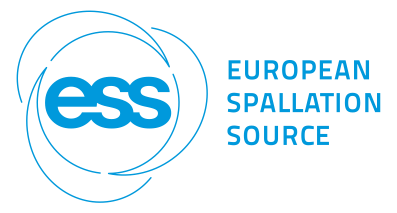Speaker
Description
Ionic liquids (ILs) have been described as molten salts with a melting point below 100 °C, consisting of a large asymmetric organic cations and organic or inorganic anions. Since the ionic liquids are essentially ionic conductors, their utilization as novel electrolytes for electrochemical devices, such as batteries, electric double layer separators, dye-sensitized solar cells and fuel cells has been the subject of intense studies. To gain an impression of the structures and reactions that occur in electrochemical systems, one consider the interface between a metal and an electrolyte solution. The study of the structure and dynamics of ionic liquids on solid materials is of great importance for understanding electrochemical processes occurring at the interface. A two- and three-electrode electrochemical cells, were developed to carry out neutron reflectivity (NR) measurements. Experimental neutron reflectivity data were fit with the model obtained by Molecular Dynamics (MD) simulations, widely used computational technique that can give valuable information about the composition, structure and dynamics of the layers formed at the liquid/solid interfaces. In-house software was developed and used to calculate neutron reflectivity directly from the MD trajectory. The experimental reflectivity data can be fit very well using a model, obtained from MD simulations. It has been shown in this work that joined use of NR and MDs is an approach, which provides new insights in the structure of complex interfaces.
| Scientist Profile | I am a Post Doc |
|---|
